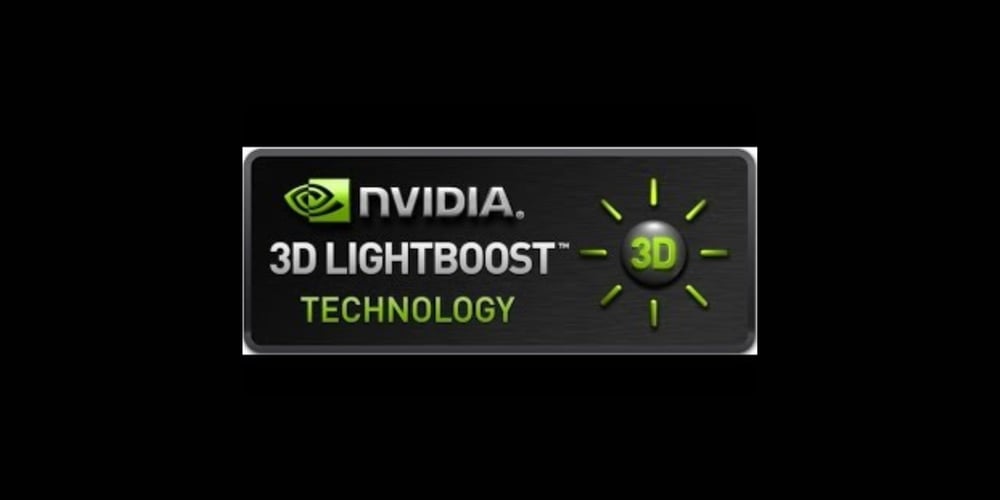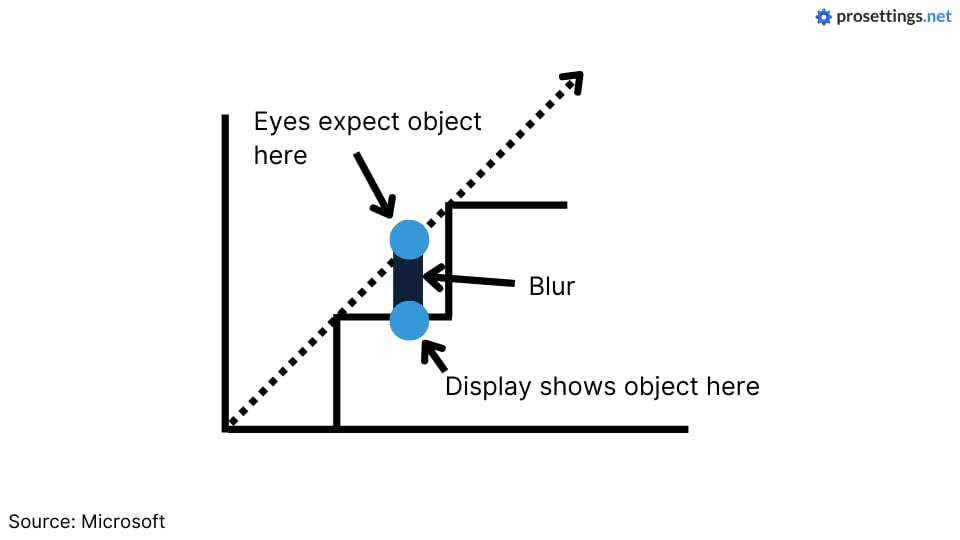What is Lightboost?

Lightboost is an outdated proprietary technology by Nvidia which was made to reduce eye tracking motion blur on their gaming displays, by strobing the backlight of the panel. It has since been replaced by the much superior ULMB (Ultra Low Motion Blur) technology. For more info on this, please see our ULMB article. Lightboost also offered technologies to enhance 3D gaming experience (by making the image brighter when wearing glasses and reducing 3D crosstalk), but that’s of no importance to competitive gaming.
Intro

Modern displays, due to the way their technology works, suffer from ‘sample-and-hold’, meaning that frames are displayed until the frame refreshes again, i.e. the image is always ‘on’. Each pixel (which is what the image on the screen is made out of) takes a while to change in brightness and color though, even on monitors with the fastest response times possible. When fast moving objects move around the screen this can cause eye tracking motion blur, since the display cannot respond fast enough to accurately display the objects’ travel line.
Our eyes are tracking the fast moving object so fast that our eyes will be at a different position at the start of a frame vs. at the end of a frame. This causes what we know to be ‘eye tracking motion blur’.
The only way to combat eye tracking motion blur is by shortening the amount of time each frame is on screen. That’s done by (for example) producing higher refesh rate monitors, but also by what we call ‘backlight strobing’, i.e. turning the backlight off in between frame refreshes, thus shortening the amount of time that a frame is displayed even more.
Lightboost vs ULMB
Lightboost was one of the first ‘backlight strobing’ technologies, and (as mentioned before) has now been replaced by ULMB, which offers a better experience than Lightboost. Lightboost suffers from reduced screen brightness, a washed out image, and some people reported that they noticed the flickering on their screen. It does still eliminate eye tracking motion blur and generally does what it sets out to perfectly, but if you do not want any of these negative tradeoffs it’s best to go with the new and superior ULMB.

